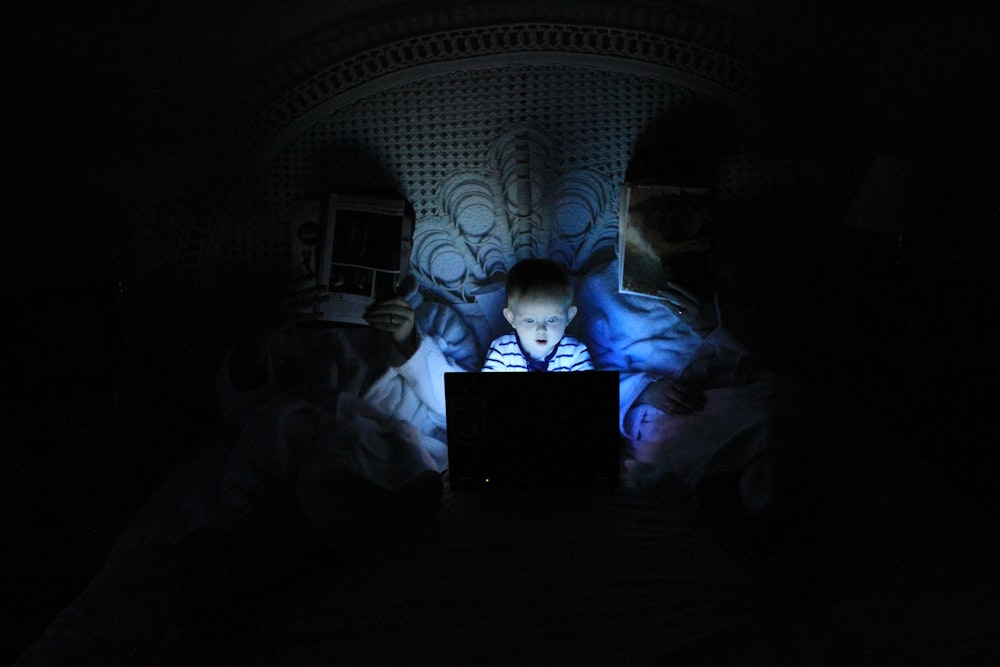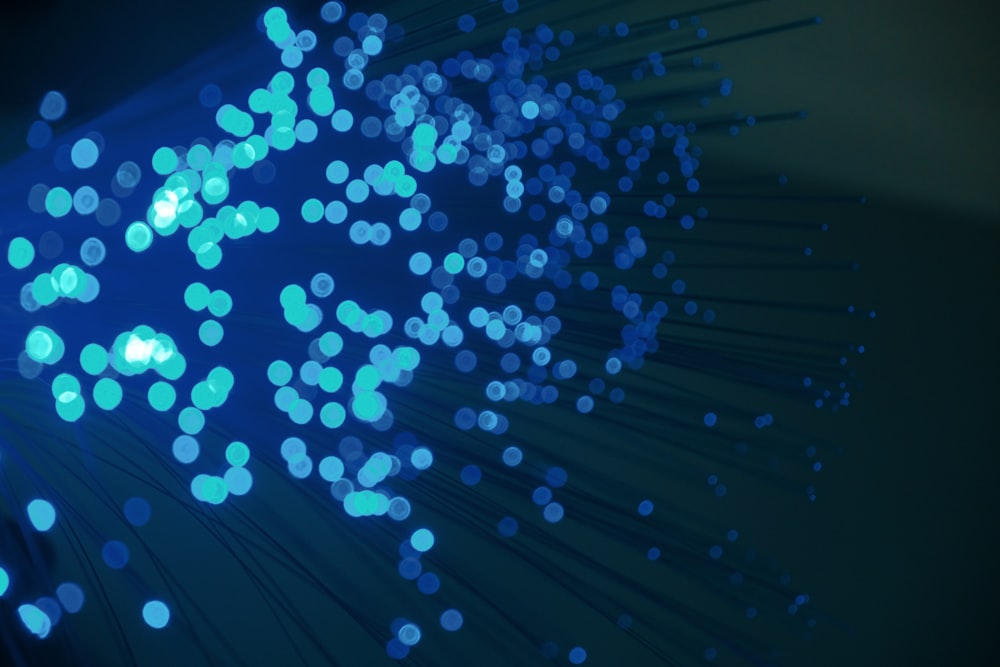

Now we are faced with a very new concept called the Internet of Behaviors (IoB). The collection and use of data to drive behavior are called the “Internet of Behavior (IoB).” In the new world order, where we learned that the only constant thing is change, with different crises, business life continues to sail according to the problems and the winds of creative transformation.
The concept of the Internet of Behavior (IoB) is thought to have emerged in 2012 in blogs written by psychology professor Göte Nyman. Recently, the Internet of Behavior (IoB) has garnered attention, thanks to Gartner’s naming it among the world’s top strategic technology trends for 2021. The Internet of Behavior (IoB) captures and uses various sources’ “digital dust” of people’s lives.
Additionally, Gartner estimates that by 2023, the individual activities of 40 percent of the global population will be digitally monitored to influence our behavior. That means more than 3 billion people. The Internet of Behavior (IoB) is expected to become the ecosystem that defines human behavior in the digital world in a few years.
By now, most of us have at least heard of the Internet of Things (IoT). However, the Internet of Things (IoT) has become much more than just a part of science fiction movies. This technology, which connects any electronic device to the Internet, continues to be developed. These Internet of Things (IoT) devices’ usage and collection of data provide essential information about users’ behavior, interests, and preferences. This creates a new technology trend called the Internet of Behaviors (IoB).

The Internet of Behaviors (IoB), also known as the Internet of Behaviors (IoB), refers to collecting and analyzing data and information received from users’ devices to influence their behavior. The Internet of Behaviors (IoB) transforms data obtained from devices connected to the Internet into input and data. Information that can be used to satisfy better the user of that product, the user’s behaviors, interests, and preferences.
The Internet of Behavior (IoB) is a component of three domains:
- Technology
Data is obtained from users’ interconnected devices on the Internet of Behavior (IoB). For example, data can be retrieved from your phones, laptop, home cameras, and other devices.
- Data Analysis
Datasets from interconnected devices are analyzed to draw conclusions and find trends in users’ behaviors and interests.
- Behavioral Science
Behavioral Science studies human actions and behaviors and how they affect thought interactions and emotions. Behavioral Science is then divided into four areas:
- Decisions
- Emotions
- Augmentations
- Championships

Companies can recognize and join all our devices and receive data from them. Today, your smartphone can be connected to your laptop, smartwatch, and any device you use.
Current technologies are used to focus on your behavior, not just the myriad of information coming from your devices.
Now your camera eye can recognize your face; your fingerprint sensor will recognize your biometrics, cookies. Let businesses track your browsing history, among other things, and every purchase you make is recorded. This allows companies to create nearly accurate profiles of their customers and their behavior.
Data from your devices are screened for relevance and converted into information that can be used to influence your behavior. But how do companies collect it?
- Social Media:
Social media is often an extension of ourselves. When we create and use these platforms, the company records our locations, friends, and interests.
- Asking Directly:
The top way companies collect your data is to request it directly. They ask you for some data when you use specific programs and applications. This data is used to analyze your behavior better.
- Website Cookies:
Another means of obtaining your data is cookies. Cookies are small files, usually in text format, that websites use to detect your computer and improve your browsing history. So companies and websites know where you are and what you are doing.
Although the Internet of Behavior (IoB) is relatively new in technology, it is implemented in many industries and has many benefits.
- Work:

- Health:
Yes, the Internet of Behavior (IoB) can be used in healthcare. For example, now and during the pandemic, organizations have used the Internet of Behavior (IoB) with the help of computer vision to check if people are wearing masks.
- Industry:
The Internet of Behavior (IoB) is used in many sectors, especially in the manufacturing industry, to monitor the behavior of their employees and employees. As a result, efficiency, productivity, the work rate of employees and employees are monitored using the Internet of Behavior (IoB), and monitoring costs are reduced for industries.
- Personalized Experience:
The Internet of Behavior (IoB) allows you to be more fluid. Data from your device is used to provide you with a more efficient service.
The Internet of Things (IoT) is a system of interconnected devices that can communicate without human intervention. The Internet of Behavior (IoB) extends the Internet of Things (IoT). They are the interlinked devices of the Internet of Things (IoT) that generate data used to influence and analyze a user’s behavior.
Statistics predict that by 2023, 40% of the world’s population will have their activities monitored and analyzed to influence their behavior.




